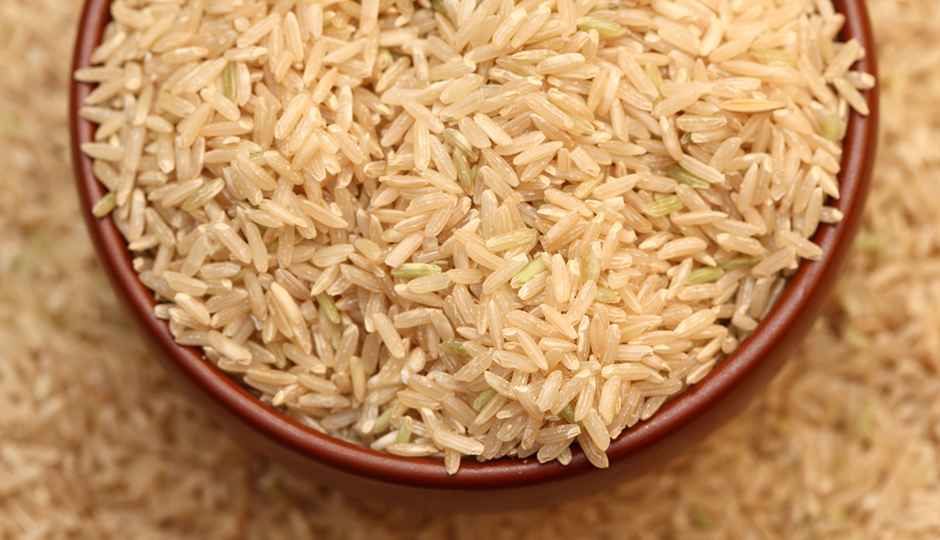Consumer Reports: New Warnings and Guidelines About Arsenic in Rice

Shutterstock
You may (or may not) remember that in 2012, Consumer Reports released an alarming report about arsenic in rice. Now they’ve issued an update parsing out which rice varieties are better—and worse—than others in the arsenic department.
If you’re reading this and thinking, “Hold the phone, I didn’t even know I had to worry about arsenic in the first place!” I don’t blame you. It sort of fell off my radar, too. But here’s the gist: Arsenic is a naturally occurring element in the environment, but it also gets added to things like pesticides and animal feed, increasing the levels of arsenic in our soil. For most grains, it’s not a huge deal, but rice just so happens to be an arsenic sponge, absorbing the stuff at higher levels. For some varieties of rice—and depending on where they were grown—it’s worse than others. (And, no, you’re not safe just buying organic.)
The problem is that regular exposure to arsenic has been linked to or associated with all kinds of bad stuff in humans. We’re talking cancers of the bladder, lung and skin; cardiovascular disease; and diabetes, among others. So if you eat rice regularly, you could be setting yourself up for trouble.
For the new report, Consumer Reports tested even more varieties of rice and rice products than before to get a clearer picture of what we’re dealing with. They added data from the 2012 report, along with FDA tests on rice samples, for a total of 697 samples of rice grown in different parts of the country and the world.
These are the key takeaways:
- White basmati rice from California, India and Pakistan, and sushi rice from the U.S. are all good bets. They tested at half the arsenic levels of other varieties of rice.
- All types of rice (save sushi and quick-cooking rice) from Arkansas, Louisiana, or Texas or labeled generally as from the U.S. had the highest levels of arsenic.
- Brown rice is worse (!) than white rice, testing with 80 percent more arsenic (!!!!!!!) than white rice. “Arsenic accumulates in the grain’s outer layers, which are removed to make white rice,” Consumer Reports explains. “Brown has more nutrients, though, so you shouldn’t switch entirely to white.” They recommend buying brown basmati rice from California, India or Pakistan, which has less arsenic than other brown rice.
Consumer Reports recommends that adults, and especially kids, keep their rice intake levels low. In fact, they recommend that infants eat rice cereal sparingly and that kids under five avoid rice milk all together.
“In 2012, we recommended that babies eat no more than one serving of infant rice cereal per day, on average, and that their diets should include cereals made from other grains,” they write. “We did not find any reason to change our advice based on our new analysis.”
The good news is, it’s easy to avoid dangerous arsenic levels by lowering your rice intake, shopping smarter by reading labels and finding out where your rice is coming from, and simply switching to other grains. Lower arsenic grains include quinoa, buckwheat and millet.
Another idea: Rinse your rice thoroughly before cooking, and cook it with far more water than you need—6 cups for one cup of rice—and drain off the excess liquid. This gets rid of up to 30 percent of the arsenic.
To help you figure out reasonable (and safe) level of rice consumption, check out the guide released by Consumer Reports. It includes serving suggestions—and weekly limits—for kids and adults.
Like what you’re reading? Stay in touch with Be Well Philly—here’s how:
- Like Be Well Philly on Facebook
- Follow Be Well Philly on Twitter
- Follow Be Well Philly on Pinterest
- Get the Be Well Philly Newsletter


